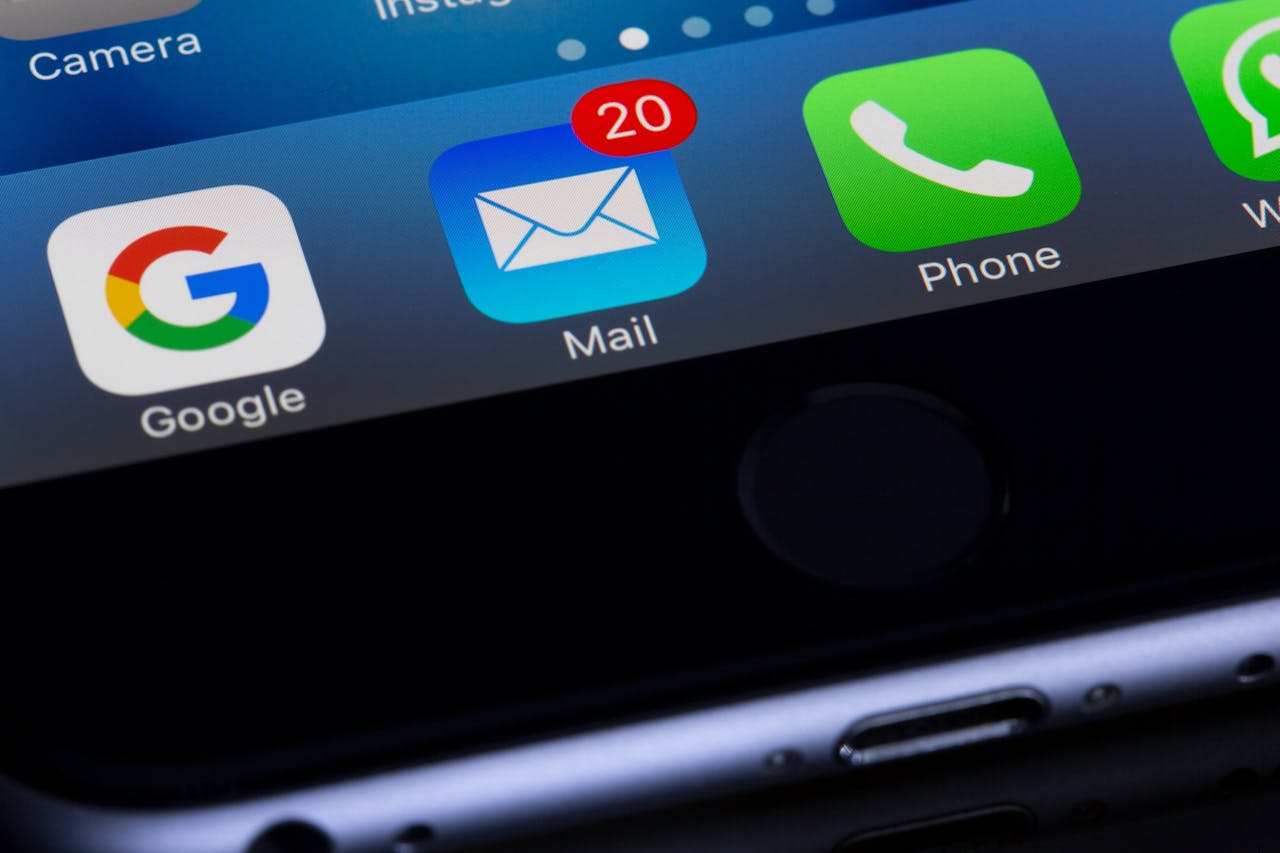13 Essential Things You Must Do When Changing Your Email Address

Switching to a new email address might seem like a hassle, but it is a necessary step to keep your online presence secure and organized. Whether you are moving on from an old provider, enhancing your privacy, or simply updating to a more professional-sounding address, it is crucial to handle the transition smoothly. To help you get through this process without missing any important messages, here are 13 essential things you must do when changing your email address.
1. Notify Your Important Contacts Right Away

The very first step is to inform your close contacts about your new email address. This includes family, friends, and colleagues. Sending a simple email to notify them of the change ensures they update their contact lists and continue reaching out to you at the correct address. Consider setting up an automatic reply on your old email account to let anyone who sends you a message know about your updated contact information. This way, you will not miss any personal or professional communication during the transition.
2. Update Your Email on All Online Accounts

Your email address is tied to a wide array of online accounts, from social media profiles to shopping sites and service subscriptions. Log in to each of these accounts and update your email address. Though it may seem like a tedious task, it is essential for receiving notifications, password reset requests, and important updates. A smart approach is to make a list of accounts as you receive emails from them, allowing you to track which ones you have updated and which still need to be changed.
3. Back Up Your Important Emails and Contacts

Before abandoning your old email address, make sure to back up all important emails, attachments, and contact information. Export your contact list and download any emails that might be crucial for future reference. Most email providers have tools to help with this, allowing you to save your data to your computer or a cloud storage service. Having a backup ensures you retain access to essential information even if you lose access to your old email account.
4. Set Up Email Forwarding from Your Old Account

To ensure you do not miss any messages during the transition, set up email forwarding from your old email account to your new one. This way, any email sent to your previous address will automatically be redirected to your new inbox. Many email providers allow you to enable forwarding for a limited time, giving you enough space to update your contacts and subscriptions without missing vital communication.
5. Prioritize Updating Your Financial Accounts

When changing your email address, it is crucial to update your financial accounts first. This includes your bank accounts, credit card profiles, investment accounts, and any online payment services. Financial accounts often send sensitive information and important alerts via email, so updating these accounts should be a top priority. This step helps ensure your financial security and that you continue receiving important notifications without delay.
6. Inform Your Employer or Business Contacts

If you use your personal email for work-related communications, make sure to inform your employer, clients, and any business contacts about your new address. Sending a quick notification helps them update their records and continue contacting you seamlessly. For business users, missing a client’s email due to an outdated address could lead to missed opportunities, so it is best to take care of this step as soon as possible.
7. Update Email Settings on All Your Devices

To avoid missing emails, update the email settings on all of your devices, including your smartphone, tablet, and computer. Remove the old email account from your email client or app and add the new one. This ensures that you can receive and respond to emails on all your devices without interruption. It is also a good idea to check your notification settings to make sure you are alerted to new messages.
8. Update Two-Factor Authentication Settings

Many services use your email address for two-factor authentication (2FA), a critical security feature. When you change your email, make sure to update it on all accounts that rely on 2FA. Failing to do so could leave you locked out of important accounts if verification codes continue to be sent to your old email. Update your information on major platforms like Google, Apple, Microsoft, and any other services where 2FA is active.
9. Inform Your Email Service Provider If Necessary

If you use a custom email service for business, such as Google Workspace or Microsoft 365, inform your provider about the change. They can assist you in setting up email redirects, aliases, or other features to help make your transition smoother. This step is especially useful if you plan to discontinue the old address but still want to ensure you capture any lingering emails.
10. Update Your Email Signature

If you have an email signature, make sure to update it with your new address. This small detail can prevent confusion and ensure that anyone receiving an email from you knows how to reach you moving forward. For a period after the change, consider adding a note to your signature informing recipients about your new email address, so they can update their records accordingly.
11. Update Your Subscriptions and Mailing Lists

Over time, you might have subscribed to various newsletters and mailing lists. To avoid missing updates from your favorite sources, go through your subscriptions and update your email address. Many newsletters include a link at the bottom of the email that allows you to change your subscription details easily. This simple update helps you stay informed and ensures continuity in receiving the information you enjoy.
12. Secure Your Old Email Account

Even after you have transitioned to a new email address, it is important to secure your old account. Change the password to something strong and complex, and consider enabling two-factor authentication if you haven’t already. This step helps prevent unauthorized access to your old account and reduces the risk of identity theft or security breaches. You can keep the old account open for a while with security measures in place, just in case you need to access it later.
13. Test Your New Email Address

Before wrapping up the process, take a moment to test your new email address. Send a few test emails to yourself and ask a friend or colleague to reply. This will help you ensure that everything is set up correctly and that there are no issues with receiving or sending emails. It is a quick way to verify that you have completed all necessary steps and that your email transition is successful.
Final Thoughts

Changing your email address may seem overwhelming, but following these 13 essential steps can make the process smooth and stress-free. By taking the time to update your contacts, secure your accounts, and test your new email, you ensure that you will not miss out on important messages. A careful and organized approach can help you transition seamlessly to your new email address, giving you peace of mind and a fresh start in managing your online communications.
Leave a Reply